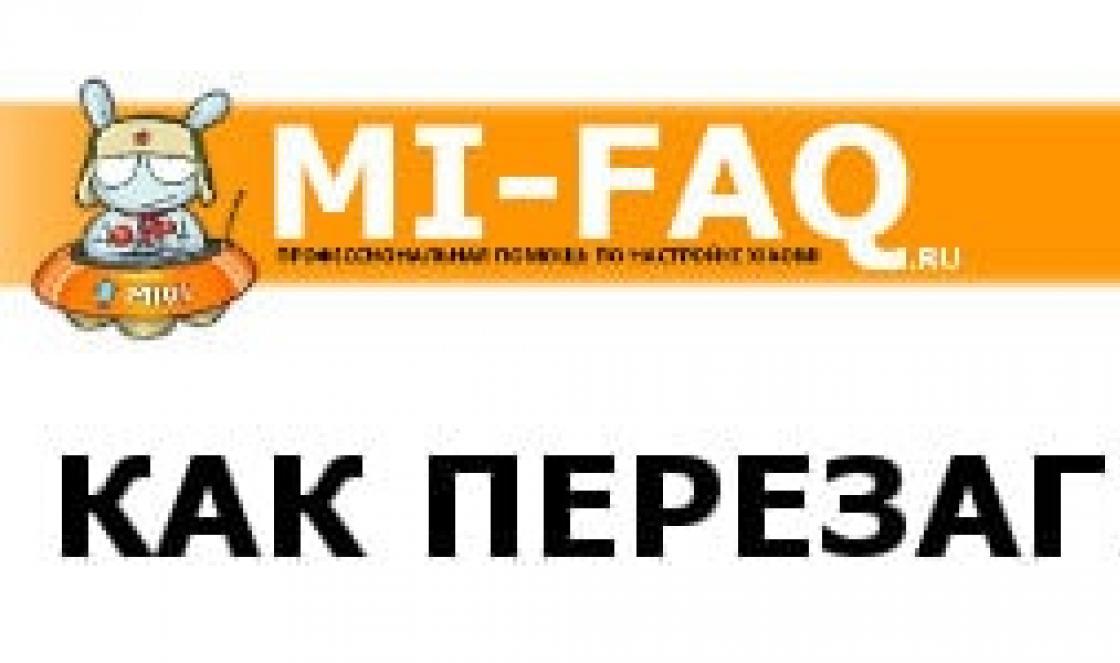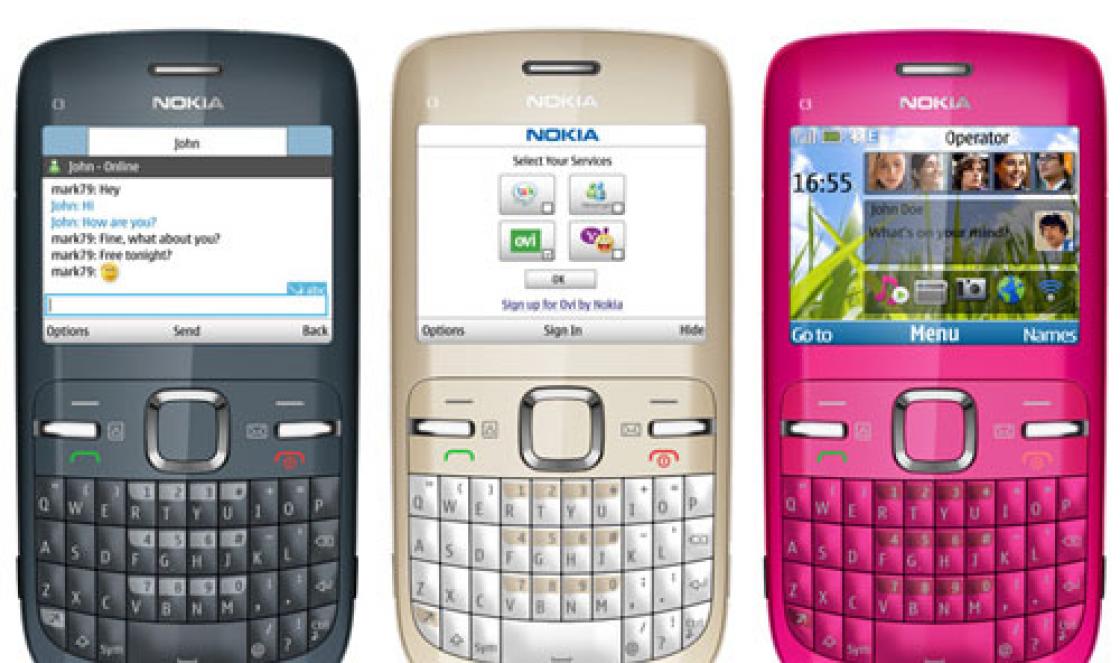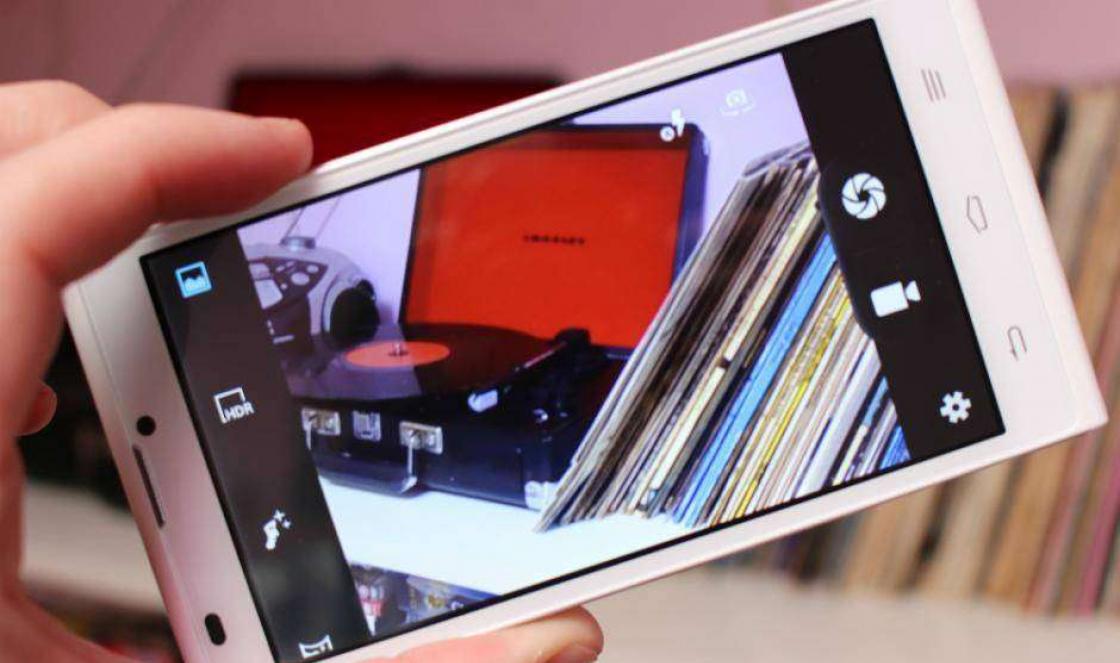Portable radios remain a popular and very convenient means of communication. But they operate in different bands with different frequencies and wavelengths: amateur, civil, service, high- and ultra-high-frequency. You can communicate freely in amateur radio, but to use the receiver in the high-frequency range (136-172 MHz), you will need to obtain permission for a walkie-talkie.
Which radios do not require registration?
According to the current legislation, radio-electronic equipment of the amateur service and amateur satellite service are subject to mandatory registration. Without registration, you can use the following categories of RES:
- low power radios operating in the LPD (433.075-434.750 MHz) and PMR (446-446.1 MHz) range;
- walkie-talkies operating in the civil band (CB) on short waves (27 MHz).
The most common types of walkie-talkies operating in the civilian range can be used without registration. But more powerful radio stations in the UHF range (420-473 MHz) already require permission.
Required documents and registration procedure
The procedure for registering radios is determined by Decree of the Government of the Russian Federation dated October 12, 2004 No. 539 “On the procedure for registering radio-electronic equipment and high-frequency devices,” and the registration authority is Roskomnadzor.
Registration of a radio station is possible both by written application and through the Internet portal of government services. The registration itself is free, but before you begin, you must present several documents and go through procedures that are paid. This is the assignment of a call sign and examination of the electromagnetic compatibility of the radio.
After receiving the call sign on the official website of Roskomnadzor, you need to fill out and send the registration application form. There you also need to find the Roskomnadzor Office, on whose territory the radio will be used and from which you can pick up the permit.
The registration application form can be downloaded from the Roskomnadzor website. You need to enter standard personal data into it:
- place of residence;
- passport details;
- type, name and number of the registered RES;
- number and date of the call sign assignment certificate.
As a separate application or directly in the text of the application, you must indicate technical specifications registered RES: name, year of manufacture, serial number, power and radiation class, etc. Documents can be entered directly into the Office or sent by courier. The registration authority will be required to make a decision within 10 working days. A radio station permit is valid for 10 years, unless a shorter period is specified in the application.
Responsibility for using a walkie-talkie without registration
The use of unregistered radio stations operating on the specified frequencies entails administrative liability. Article 13.4 of the Code of the Russian Federation on Administrative Offenses provides for punishment in the form of a warning or an administrative fine.
Article 27.3 of the Code, as an exceptional measure, indicates the possibility of administrative detention (arrest) of violators. Short-term restriction of freedom is resorted to only if it is necessary to ensure the consideration of a case of an offense.
Individuals for using unregistered radio stations face a fine in the amount of 1 to 3 minimum wages with possible confiscation of radio-electronic equipment. The Code provides for stricter liability for officials. For violation, they are subject to a fine of 3 to 5 minimum wages. Legal entities For such a violation, the administrator is threatened with a penalty in an amount equal to 30-50 minimum wages with possible confiscation of the communication device.
I went through the process of registering the Yaesu FT-60 wearable radio. I want to tell you how to quickly register your radio station without much loss of time and nerves.
I’ll say right away that it doesn’t matter which station you register, portable, transportable or stationary, the main thing is that you have the following documents in your hands...
1 step. We check the availability of the following documents.
Passport (citizen of the Russian Federation) Passport to the radio station. Serial number radio stations (look at the passport for the radio station). Insurance Individual number in the compulsory pension insurance system (later I will tell you why it is needed). Certificate of formation of a call sign.
Step 2. Register on the State Services website.
Registration linkRegistration.
When registering, you will need an “Individual Insurance Number in the compulsory pension insurance system”, your TIN, and some other personal data. I will not describe this step in detail, I will only say that after filling out the forms, you mailbox They will throw an envelope with your password to access your personal account. (I received the envelope 3 days after registration).
Step 3. Let's submit an application.
We enter Personal account on the State Services website. Click on the Electronic Services button. Select a section Ministry of Communications and Mass Communications of the Russian Federation. Select a subsection Federal Service for Supervision of Communications, IT and Mass Communications. Select a section Registration of radio-electronic equipment and high-frequency devices for civil purposes. After selecting this section you will be shown new page, where there will be a blue button on the right GET THE SERVICE
After filling out the application, you will receive a notification about the result of consideration of your application (I received it within 3 business days):
The status of your application No. 123456789 has been updated:
"Ready. We notify you that a positive decision on registration of RES has been made. To receive a registration certificate, you need to come to the Office of Roskomnadzor for Moscow and the Moscow Region. Have an identification document and the original registration application with the attachments specified in the Rules with you registration, or send the original application by mail, indicating the desired procedure for obtaining a completed certificate of registration of the RES." Management address: Moscow, Shkolnaya str. 37. (metro station Rimskaya)
I took with me a printed application and, just in case, a passport for R/S.
Application form: You do not have access to download files from our server
Actually, that’s all, upon arrival at the street. Shkolnaya 37, from security we call the phone number written on the counter, a lady comes down to you with a ready-made permit and takes the application. That's it, your radio station is registered!!!
I hope this article about registering a radio station will help you avoid problems with law enforcement agencies when meeting them on the street while holding your radio station in their hands!
Good luck with registering your radio! RD3AVG / Wild.
What is required to obtain permission to use a walkie-talkie?
Today there is a huge number mobile phones from different manufacturing companies from all over the world, and it’s rare that a person doesn’t use such a phone at least once a day. However, for people who often go on backpacking trips, using satellite or mobile communications often too expensive, and, in addition, in mountainous areas the signal passage is very difficult and, as a result, the connection is not stable. Therefore, more and more experienced tourists choose portable walkie-talkies, since in addition to the purchase costs, their use is free. But even here there are some restrictions, since walkie-talkies with a power of more than 5 W need permission. For example, to use the yaesu vx-6r series radio, although a license is not needed, it is desirable, even if it is category 4: its presence will not only save you from unnecessary problems with the police, but will also allow you to work with the frequency range from 1.5 MHz to 145 GHz.
Obtaining permission for a yaesu vx-7r walkie-talkie or a similar model from VERTEX-STANDARD or ICOM is not very difficult, although some humorous members of radio amateur clubs compare this procedure with obtaining permission to purchase a smooth-bore weapon, with the only difference that in the case of The walkie-talkie does not require a medical certificate. The process itself includes several key stages, each of which provides certain opportunities.
To begin with, a request for the construction of a radio station is submitted to Gossvyaznadzor, which is processed within 90 days. After this period, as a rule, a notification of permission is received. Then you report that you purchased a walkie-talkie, the model and company do not play a special role here: it could be like yaesu vx-8r or Midland GXT 950, as well as Kenwood TK-2107, Alinco DJ-195 or other radios from other manufacturers. Simultaneously with the notification of the acquisition of the radio station, you must request permission to obtain a call sign and directly use the radio. Obtaining a call sign according to all the rules includes passing a special exam, which is usually quite simple. The list of questions is limited to the minimum required amount of knowledge in the field of radio engineering, after which you are assigned your call sign. Now you can use the walkie-talkie with peace of mind and conscience. If you want to simplify your task of obtaining a category 4 amateur radio license, then you can become a member of the radio amateur club in your city. This membership will allow you not only to seek advice and receive the most complete and honest recommendations, but also to relieve yourself of some of the bureaucratic worries.
According to the already published Decree of the Government of the Russian Federation of October 13, 2011 No. 837, registration of CB radio stations is not required in Russia. The new rules come into force on November 10, 2011 throughout the Russian Federation.
The Decree of the Government of the Russian Federation of October 13, 2011 No. 837 “On amendments to the Decree of the Government of the Russian Federation of October 12, 2004 No. 539” specifically refers to the removal from the list of radio-electronic equipment and high-frequency devices subject to registration. According to the document, registration is not required for the following radio-electronic equipment and high-frequency devices:
- Subscriber stations (subscriber devices), the power of which does not exceed 100 mW
- Land mobile communication stations for personal use in the 27 MHz range (CB range) with a permissible transmitter radiation power of no more than 10 W
- Fixed wireless access subscriber stations of CDMA technology (IS-95 protocol) in the radio frequency bands 828-837 MHz and 873-882 MHz
- Household microwave ovens and other high-frequency devices of any application with a power on the load device of less than 5 W inclusive without open radiation
- Radio-electronic means for processing barcode labels and transmitting information received from these labels
- Hearing radio trainers for people with hearing impairments
- Security radio alarm devices at radio frequencies 26.945 MHz (vehicles) and 26.960 MHz (premises) with a permissible transmitter radiation power of no more than 2 W. Security radio alarm devices for vehicles in the radio frequency band 433.05 - 434.79 (433.92 +/- 0.2%) MHz with a permissible transmitter radiation power of no more than 5 mW. Devices remote control, security alarms and warnings in the radio frequency band 433.05 - 434.79 (433.92 +/- 0.2%) MHz with a permissible transmitter radiation power of no more than 10 mW. Remote control, security alarm and warning devices in the radio frequency band 868 - 868.2 MHz with a permissible transmitter radiation power of no more than 10 mW. Security alarm equipment for remote objects in the radio frequency band 149.95 - 150.0625 MHz with a permissible transmitter radiation power of no more than 25 mW
- Subscriber cordless telephone sets in the radio frequency band 30-41 MHz with a permissible transmitter radiation power of no more than 10 mW. Subscriber (using no more than 1 subscriber number) cordless telephones in the radio frequency bands 814-815 MHz and 904 - 905 MHz, cordless telephones of DECT technology in the radio frequency band 1880-1900 MHz with a permissible transmitter radiation power of no more than 10 mW.
- Control equipment for models of aircraft, boats, etc. (toys) in the radio frequency bands 28.0 - 28.2 MHz and 40.66 - 40.70 MHz with a permissible transmitter radiation power of no more than 1 W, in the radio frequency band 26.957 - 27.283 MHz with a permissible transmitter radiation power of no more than 10 mW.
- Concert radio microphones in the radio frequency bands 165.70, 166.10, 166.50 and 167.15 MHz with a permissible transmitter radiation power of no more than 20 mW
- Radioelectronic means of Bluetooth technology in the radio frequency band 2400 - 2483.5 MHz with a maximum equivalent isotropically radiated transmitter power of no more than 2.5 mW.
- Low-power radio stations in the radio frequency band 433.075 - 434.750 MHz with the radiation power of transmitting devices no more than 10 mW.
- User (terminal) transmitting equipment, including receiver, short-range standards IEEE 802.11, IEEE 802.11.b, IEEE 802.11.g, IEEE 802.11.n (Wi-Fi), operating in the radio frequency band 2400 - 2483.5 MHz, with a permissible transmitter radiation power of no more than 100 mW, in including built-in or included in other devices. User (terminal) transmitting equipment, including a receiving device, short-range standards IEEE 802.11a, IEEE 802.11.n (Wi-Fi), operating in the radio frequency bands 5150-5350 MHz and 5650-6425 MHz, with permissible transmitter radiation power no more than 100 mW, including built-in or included in other devices. User (terminal) transmitting equipment, including a receiving device operating in the radio frequency bands 2300-2400 MHz, 2500-2690 MHz, 3400-3450 MHz and 3500- 3550 MHz, with a permissible transmitter radiation power of no more than 1 W, including built-in or included in other devices.
- Radio-electronic equipment intended only for receiving radio waves and not requiring protection from interference from other radio-electronic equipment, including radio-electronic equipment used for individual reception of television and radio broadcasting programs, personal radio call signals (radio pagers), personal radio navigation, including user radio navigation devices satellite systems, which do not contain radio-emitting devices.
- Subscriber transceivers of radio search systems with a radiation power of transmitting devices up to 2 W, permitted in accordance with the established procedure for use on the territory of the Russian Federation.
- Subscriber transceivers for search radio communications and determination of the location of mobile objects "NEX NET" in the radio frequency band 847-849 MHz with the radiation power of transmitting devices up to 0.125 W.
- Portable radio stations in the radio frequency band 446 - 446.1 MHz with the radiation power of transmitting devices no more than 0.5 W.
- Children's radio signaling and radio intercom devices, as well as radio monitoring devices for children in the radio frequency bands 38.7 - 39.23 MHz and 40.66 - 40.7 MHz with the radiation power of transmitting devices up to 10 mW, as well as in the radio frequency band 863.933 - 864.045 MHz with radiation power of transmitting devices up to 2 mW.
- Amateur service stations temporarily imported into the territory of the Russian Federation.
- High frequency devices when using frequencies of 10 kHz and below.
- Radio-electronic equipment for detecting and rescuing victims of natural disasters, operating at a radio frequency of 457 kHz.
- Non-specialized (for any purpose) devices in the radio frequency bands: 26.957 - 27.283 MHz, 40.660 - 40.700 MHz and 433.075 - 434.790 MHz with permissible transmitter radiation power not exceeding 10 mW; 864-865 MHz, 868.7 - 869.2 MHz and 5725-5875 MHz with a permissible transmitter radiation power of no more than 25 mW.
- Short range devices: used in networks wireless transmission data on board aircraft, in the radio frequency bands 5150-5250 MHz, 5250-5350 MHz and 5650-5825 MHz with a maximum equivalent isotropically radiated transmitter power of not more than 100 mW; used indoors, in the radio frequency band 5150-5250 MHz with a maximum equivalent isotropically radiated transmitter power of no more than 200 mW.
- Short-range devices in wireless data transmission networks in the radio frequency band 2400 - 2483.5 MHz with a maximum equivalent isotropically radiated transmitter power of no more than 2.5 mW when using pseudo-random tuning of the operating frequency. Short-range devices in wireless data transmission networks indoors in the radio frequency band 2400 - 2483.5 MHz with a maximum equivalent isotropically radiated transmitter power of no more than 100 mW when using pseudo-random tuning of the operating frequency. Short-range devices in wireless data transmission networks outside enclosed spaces in the radio frequency band 2400 - 2483.5 MHz only when the installation height of radio-electronic equipment is no more than 10 m from the ground surface. Short-range devices in wireless data networks outside enclosed spaces for collecting telemetry information as part of automated systems control and accounting of resources or security systems in the radio frequency band 2400 - 2483.5 MHz. Short-range devices used in wireless data transmission networks in the radio frequency band 2400 - 2483.5 MHz, with a maximum equivalent isotropically radiated transmitter power of no more than 100 mW when using direct spread spectrum and other modulation types other than pseudo-random tuning of the operating frequency: at maximum spectral density of equivalent isotropically radiated power 2 mW/MHz; at a maximum spectral density of equivalent isotropically radiated power of 10 mW/MHz - indoors; at a maximum spectral density of equivalent isotropically radiated power of 20 mW/MHz outside enclosed spaces only for collecting telemetry information as part of automated control and resource accounting systems or security systems.
- Induction devices in the radio frequency band: 9 - 59.75 kHz with a maximum magnetic field strength of 72 dB (μA/m) at a distance of 10 m; 59.75 - 60.25 kHz, 70-119 kHz, 6765-6795 kHz, 13.553 - 13.567 MHz and 26.958 - 27.283 MHz with a maximum magnetic field strength of 42 dB (µA/m) at a distance of 10 m; 60.25 - 70 kHz with a maximum magnetic field strength of 69 dB (μA/m) at a distance of 10 m; 119-135 kHz with a maximum magnetic field strength of 66 dB (μA/m) at a distance of 10 m; 7400-8800 kHz with a maximum magnetic field strength of 9 dB (μA/m) at a distance of 10 m; 10.2 - 11 MHz with a maximum magnetic field strength of 4 dB (µA/m) at a distance of 10 m.
- Devices for motion detection and radio signaling devices in the radio frequency band 24.05 - 24.25 GHz with a maximum equivalent isotropically radiated transmitter power of no more than 100 mW.
- RFID devices in the radio frequency band: 13.553 - 13.567 MHz with a maximum magnetic field strength of 60 dB (μA/m) at a distance of 10 m; 866.6 - 867.4 MHz with a maximum effectively radiated transmitter power of no more than 100 mW.
- Telematics devices in transport in the radio frequency band 5795-5815 MHz with a permissible transmitter radiation power of no more than 200 mW.
- Wireless audio equipment in the radio frequency band 863-865 MHz with a permissible transmitter radiation power of no more than 10 mW.
- Short-range automotive radars in the radio frequency band 22 - 26.65 GHz with a spectral density of equivalent isotropically radiated power of no more than minus 41.3 dBm/MHz, as well as automotive radars and automotive ultra-wideband radars in the radio frequency band 76-77 GHz and 77-81 GHz .
- Wireless audio applications for use inside cars, other vehicles, as well as indoors in the radio frequency band 87.5 - 108 MHz with a maximum equivalent isotropically radiated transmitter power of no more than minus 43 dBm.
- Radioelectronic means of intelligent transport systems (ITS) in the radio frequency range 63-64 GHz.
- Base stations of mobile radio communication networks of the GSM standard in the radio frequency bands 1710-1785 MHz and 1805-1880 MHz, installed on board ships and aircraft.
- Non-specialized (for any purpose) short-range ultra-wideband devices operating in the radio frequency band 2.85 - 10.6 GHz (radio frequency emission bandwidth of at least 500 MHz).
More details about the innovations can be found in the original resolution.





